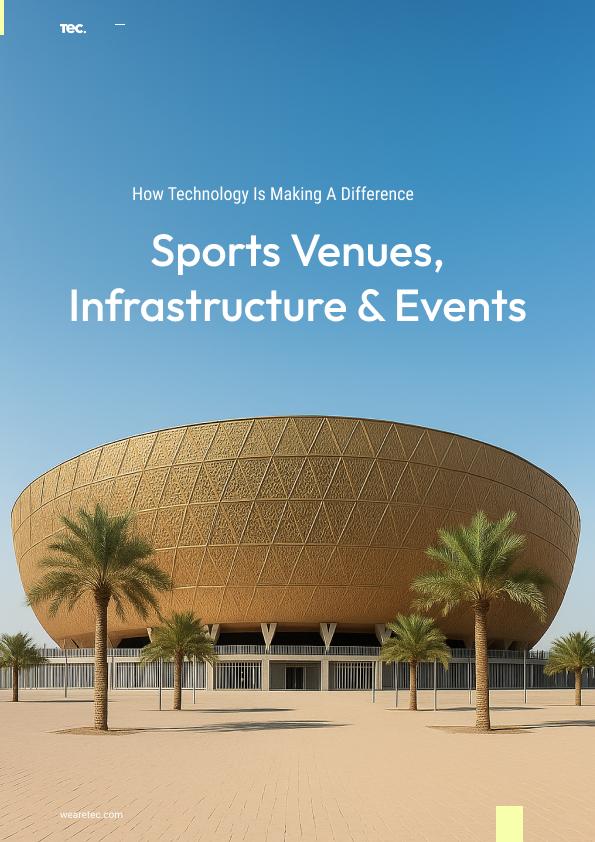
Meeting new expectations
Technology has revolutionized the ability of sports event organiser to manage and protect fans in attendance, and better understand and cater for their needs. It has also redefined how rights holders can serve the interests of the majority of who follow the action from a far. Traditionally this meant watching on TV at home, or in a bar, but increasingly the shift is towards mobile, either as the primary mode of consumption or a second screen solution.
Fans can engage with sport in a huge variety of ways. They can watch live streams on their phones with levels of latency and stability that compare to TV. Many prefer to enjoy clipped highlights and other short form content or communicate directly with teams and athletes via social media. Others engage through news content, fantasy games or betting platforms.
With so many options and so many channels to choose from, rights holders need to think carefully about the platforms they provide for fans and the experience they offer through them. Fans expect intuitive, user-friendly apps and mobile responsive websites that deliver exclusive content and benefits. There are, after all, a host of other platforms out there and if organisers are to capture fans attention (and data) and ensure they engage on their platforms, with their sponsors, they need to provide unrivalled digital functionality & experience.
We enabled the R&A to do just this, by building an enhanced scoring engine for TheOpen.com. Speed here was key with fans expecting score updates in as close to real time as possible but having the scalability to cope with the differing volumes of requests as the tournament progressed.
Getting technical
Integrating real time scoring
To achieve these objectives, a serverless approach was taken. This automatically adjusted the underlying infrastructure based on user traffic, limiting the actions required – and therefore speeding up the process – by only scaling the API functions needed, without the need for manual intervention.
Azure Functions was chosen as the serverless solution and used in conjunction with Azure Cache for Redis and Azure Service Bus as the messaging broker to maximise speed, durability and scalability.
If you want to discover more about our work with The Open Championship, check out our case study.
Stability is key
Content and functionality will draw fans in, but a platform’s performance is vital for retaining their engagement. Rights holders need platforms that combine functionality with stability. One’s that can seamlessly, and cost effectively, scale with the fluctuations in traffic, without impacting load times.
TEC were commissioned by European Athletics to redevelop their website, which they relied on as their primary digital platform to engage all stakeholders across desktop and mobile devices. The site required modernization and improved usability to better serve its diverse audience of athletes, fans, and officials. Primary project goals included increasing user engagement, optimizing the mobile experience, and addressing issues with usability and performance.
Getting technical
Improving platform performance
To achieve European Athletics’ website goals TEC took a mobile first approach, using a cloud based infrastructure to optimise speed, reliability and scalability while reducing costs and resource requirements. They worked with the existing CMS (Directus) – a client requirement -and managed data integrations with World Athletics, along with streaming solutions from Eurovision Sport and multiple other providers, integrated via the JW Player platform. To improve performance a middleware later was created was creating middleware layer between applications and front end, adopting a server-side approach to ensure that the last cached data would still be displayed in the event that there was a problem with the 3rd party integrations.
If you want to discover more about our work with European Athletics, check out our case study.




